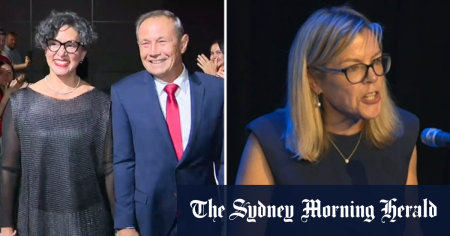Column 8, a popular feature in the Sydney Morning Herald, often serves as a platform for readers to share observations, anecdotes, and quirky inquiries. A recent series of entries centered around a variety of topics, ranging from the premature appearance of hot cross buns in supermarkets to culinary traditions, childhood memories, and amusing linguistic quirks. The discussion surrounding hot cross buns sparked a debate about their historical origins and appropriate nomenclature. John Bunyan of Campbelltown questioned the very essence of a “not cross bun,” pondering its distinction from an ordinary bun and referencing their historical designation simply as “cross buns,” traditionally consumed on Good Friday. He proposed the term “Christian buns,” acknowledging potential pagan roots. Doug Richards of Tamarama added another layer to the discussion, tracing hot cross buns back to “soul cakes,” which were distributed on Christmas, Easter, and All Saints Eve. He recounted how Queen Elizabeth I restricted their sale to Christmas and Easter, banning their association with All Saints Eve due to its perceived Catholic connotations. This historical context highlights the evolution of culinary traditions and their intertwining with religious and cultural practices.
Amidst the historical discourse, Brian Kidd of Mount Waverley injected a touch of levity, suggesting the rebranding of “hot cross buns” to “warm, happy buns,” perhaps reflecting a yearning for more cheerful nomenclature in contemporary times. This playful suggestion underscores the evolving relationship with language and the search for expressions that resonate with current societal sentiments. Meanwhile, the premature appearance of holiday-themed goods extended beyond Easter, with Ruth Saunders of Dulwich Hill expressing surprise at encountering Halloween promotions in December, questioning the blurring lines between seasonal celebrations and the increasingly aggressive marketing tactics employed by retailers. This observation points to the commercialization of holidays and the pressure to capitalize on every occasion, regardless of its chronological relevance. The discussion then shifted to dining etiquette, with Pastor de Lasala of Seaforth recounting an observation of impeccable table manners displayed by a group of Japanese diners in a Sydney restaurant. Their meticulous approach to buttering and consuming baguette slices with a fork highlights the cultural nuances of dining customs and the appreciation for refined behavior.
The topic of introducing children to unusual culinary experiences emerged with Judith Campbell’s anecdote about sharing caviar with visiting Russian scientists. Her family encouraged their children to partake in the delicacy, reflecting a philosophy of embracing diverse culinary experiences and fostering adventurous palates from a young age. This approach contrasts with contemporary anxieties surrounding picky eating, suggesting a shift in attitudes towards children’s food preferences over time. Column 8 also served as a conduit for nostalgic reminiscences, with Nicolas Harrison of Evans Head recalling his daily visits to the San hospital in Wahroonga, where he would smuggle in tea and sausage rolls for his wife after she gave birth to their third child. This personal anecdote reveals a glimpse into the past, highlighting both the resourcefulness of hospital visitors and the importance of small comforts during challenging times. The mention of sausage rolls prompted another reader, William Galton of Hurstville Grove, to connect them to the term “rat coffins,” a colloquialism apparently used to describe the often-questionable quality of sausage rolls sold in service stations.
The discussions in Column 8 are a testament to the power of shared experiences and observations. The seemingly mundane aspects of daily life, from the appearance of hot cross buns to the etiquette of bread consumption, become springboards for deeper conversations about history, culture, and personal memories. The column serves as a microcosm of society, reflecting diverse perspectives and interests, and demonstrating the human tendency to find connections and amusement in the everyday. The anecdotes and inquiries shared by readers create a sense of community and shared understanding, transforming a newspaper column into a vibrant forum for human interaction. The lighthearted and often humorous tone of the contributions adds to the appeal of Column 8, making it a beloved source of entertainment and a reflection of the shared quirks and curiosities of its readership.
The seemingly random assortment of topics addressed in Column 8 underscores the column’s function as a platform for unfiltered observations and inquiries, creating a tapestry of human experience woven from seemingly disparate threads. The common thread linking these diverse entries is their relatable nature, touching upon universal themes of food, family, tradition, and the occasional absurdity of modern life. The column’s success lies in its ability to capture these fleeting moments and transform them into shared experiences, fostering a sense of community among its readers. The informal and conversational tone of Column 8 encourages participation, inviting readers to contribute their own observations and anecdotes, creating a continuous loop of shared experiences and reflections. This participatory nature is at the heart of the column’s enduring appeal, transforming it from a passive reading experience into an active exchange of ideas and perspectives. The column’s brevity and diversity of content cater to a wide range of interests, making it an accessible and engaging feature for a broad readership. The lighthearted and often humorous approach to even seemingly mundane subjects adds to its appeal, offering a welcome respite from the more serious news of the day.










